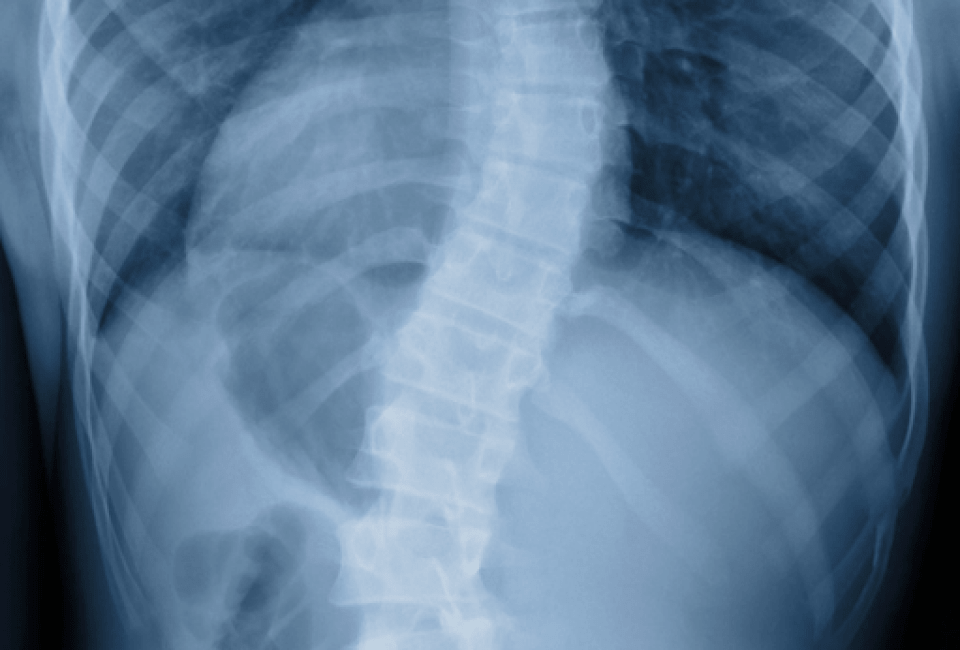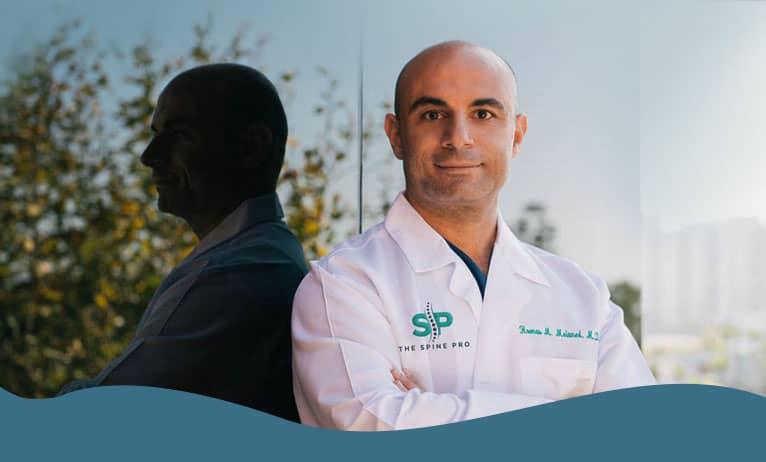
Who Needs Scoliosis Surgery?
There are many people afflicted by scoliosis or other physical deformities who never have it treated and go on to live more or less normal lives. Depending on the severity of your scoliosis, however, surgery might be necessary. For example, if you have a curve that is greater than 45 to 50 degrees, you will need surgery to prevent your deformity from getting worse.
If you fall more in a gray area between 40 and 50 degrees, you need to sit down with your doctor to discuss the pros and cons of surgery. Any other patients suffering from particularly severe curvature, including Kyphosis, or a hunchback, should look to get help sooner rather than later.
What is the Procedure?
Scoliosis and deformity surgery typically involves the straightening of the spine using bone grafts to stimulate healing and promote fusion, very similar to how broken bones are mended. Sometimes metal rods can be used to hold the spine in place until fusion occurs. This surgery usually lasts between four and eight hours depending on the size of the curvature.
What are the Potential Drawbacks?
Many of the common risks in most surgeries still apply here. These often include infections, pains at the surgical site, blood clots, and internal bleeding as well as possible nerve damage and lung complications. Minor issues such as light back pain following a surgical procedure can usually be alleviated with physical therapy.
How Long is the Recovery?
Patients can expect to remain in the hospital for four to seven days after surgery but will need to wait two to six months before jumping back into intensive physical activity. For children, this also means about two to four weeks before he or she can return to school. You should consult with your surgeon to see if physical therapy during this time would be a good idea.
Want to Learn More About Scoliosis Surgery?
For anyone interested in scoliosis and deformity surgery in Marina Del Rey, the SpinePro team of Dr. Hooman M. Melamed might be able to help. Call Dr. Hooman M. Melamed to start getting your life back on track.



